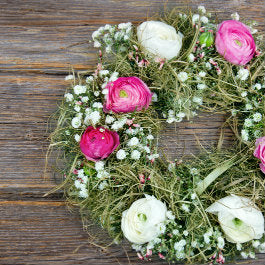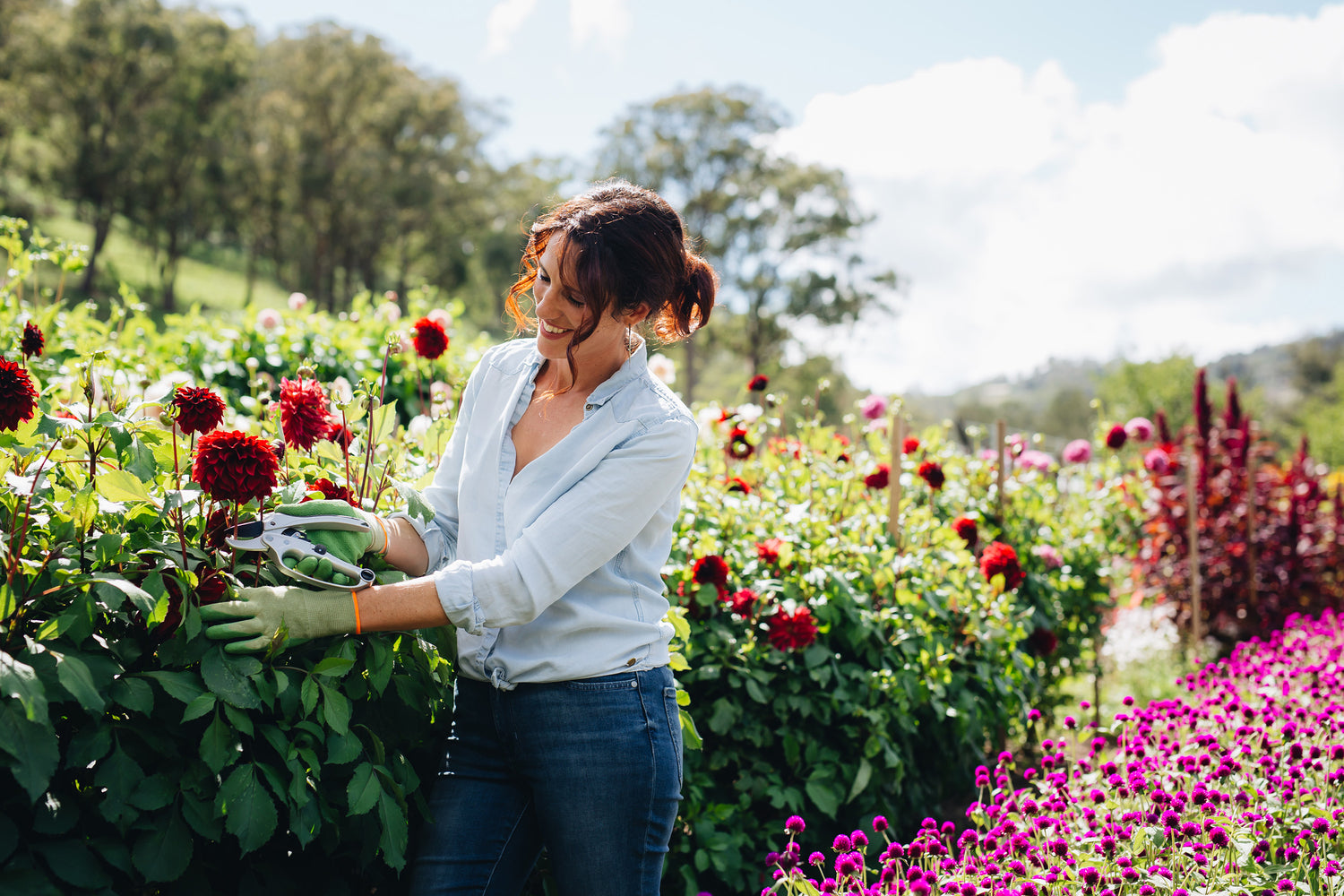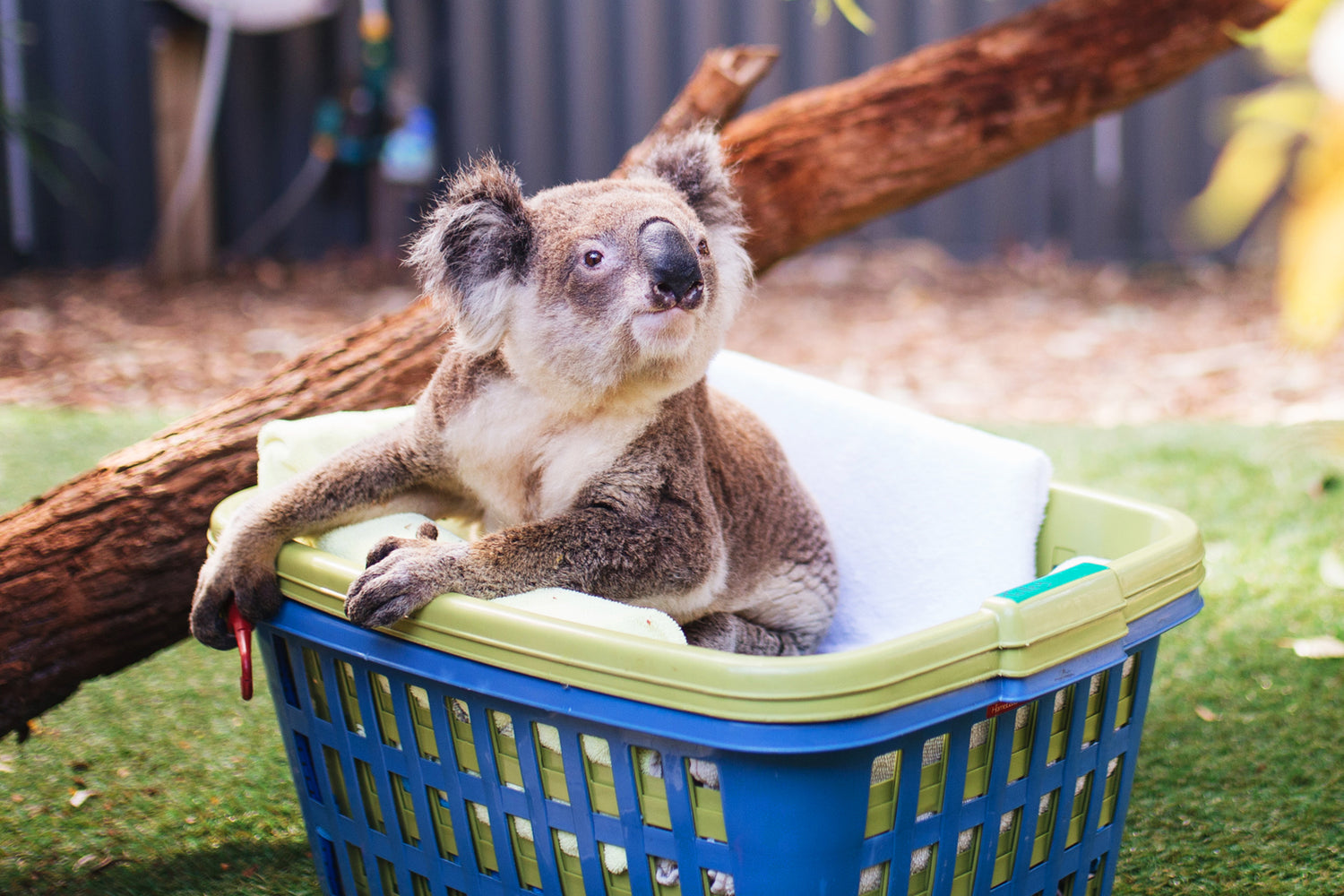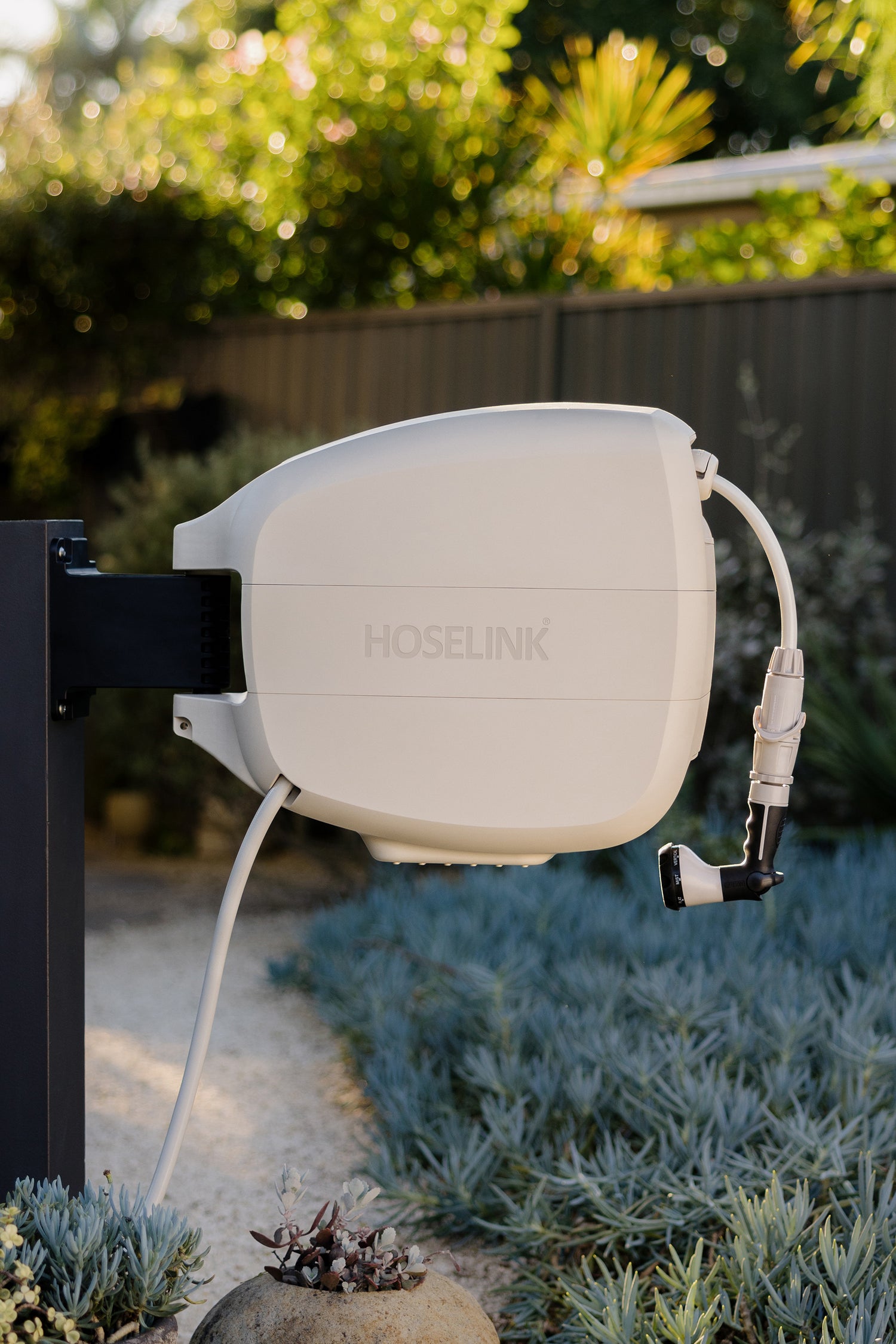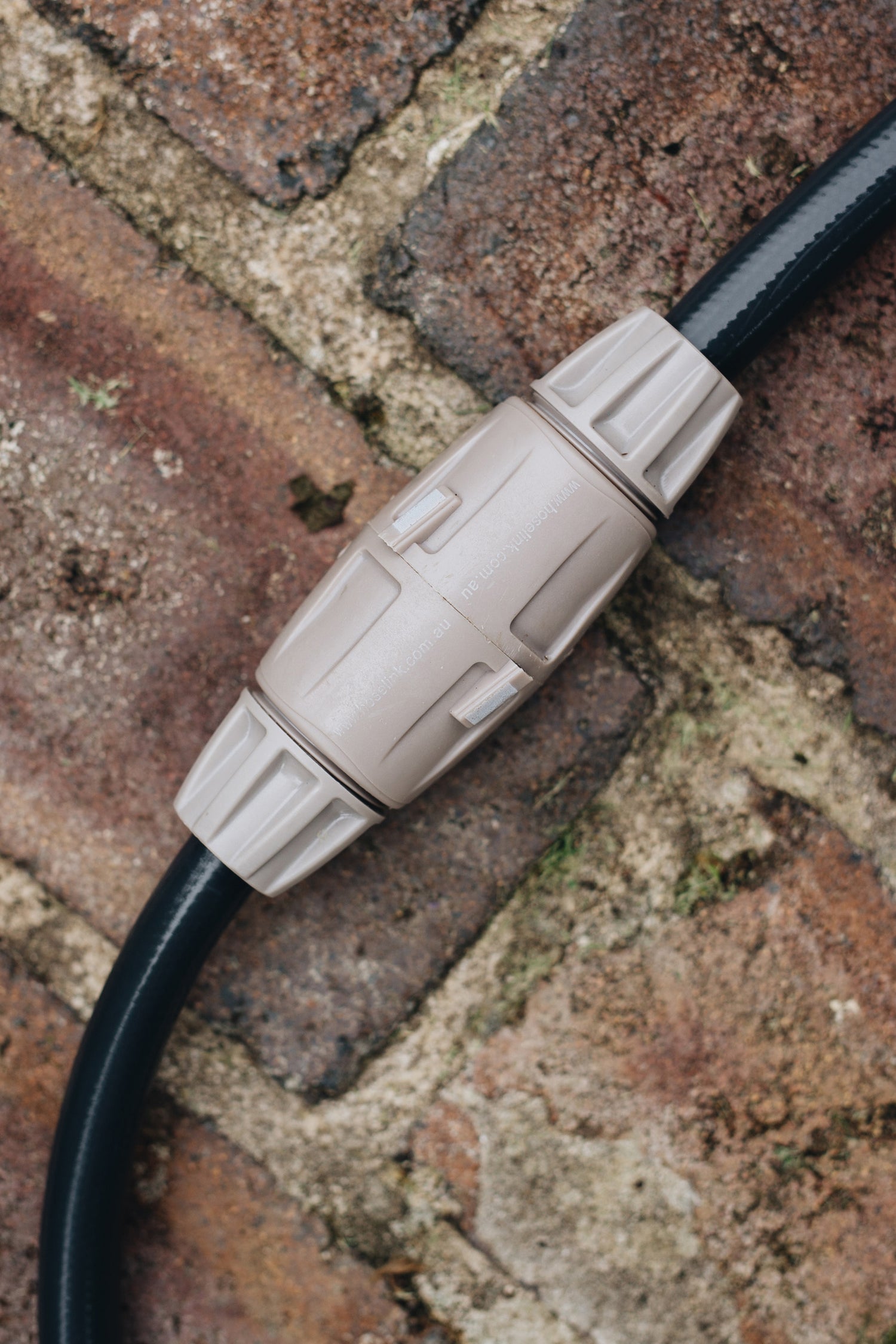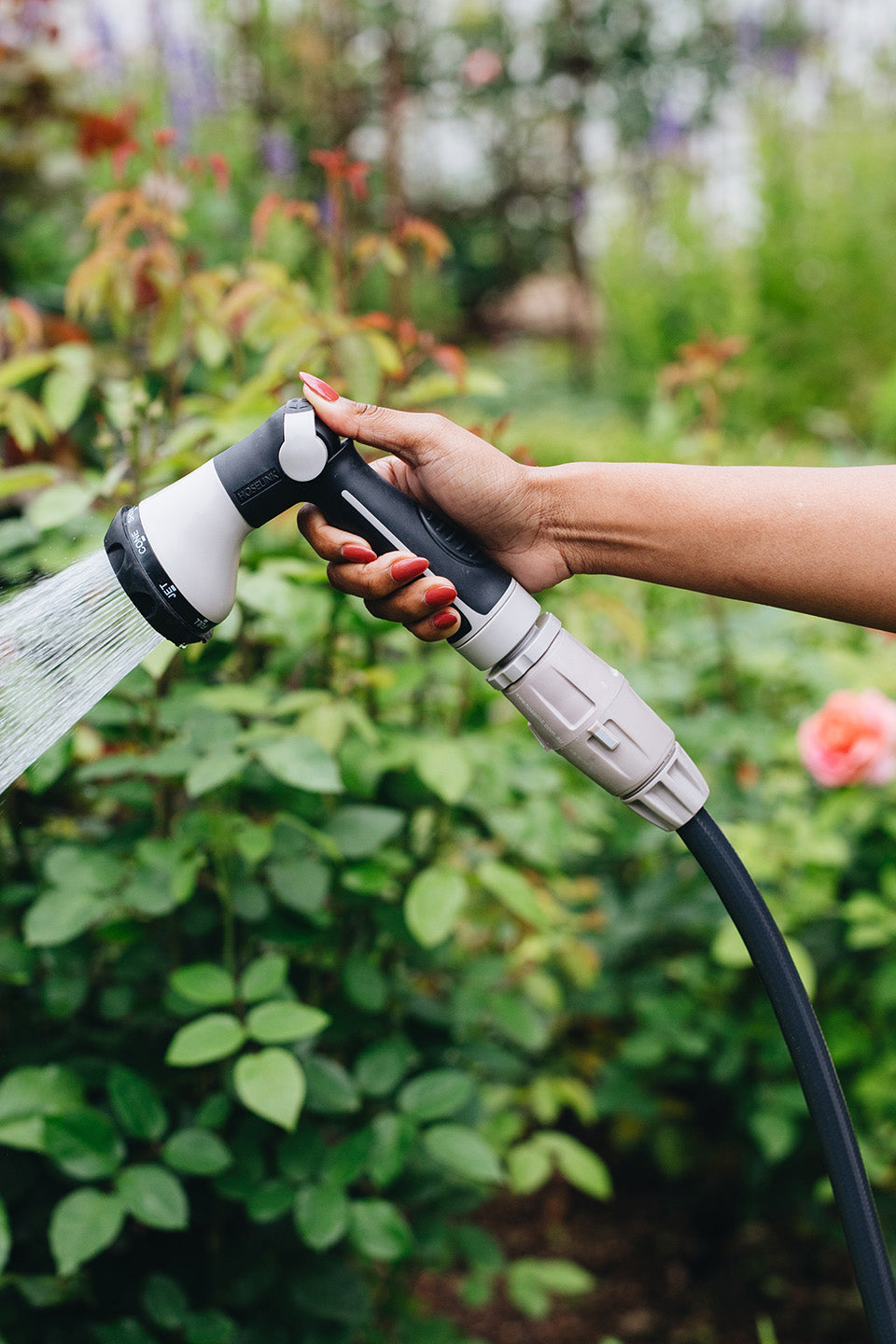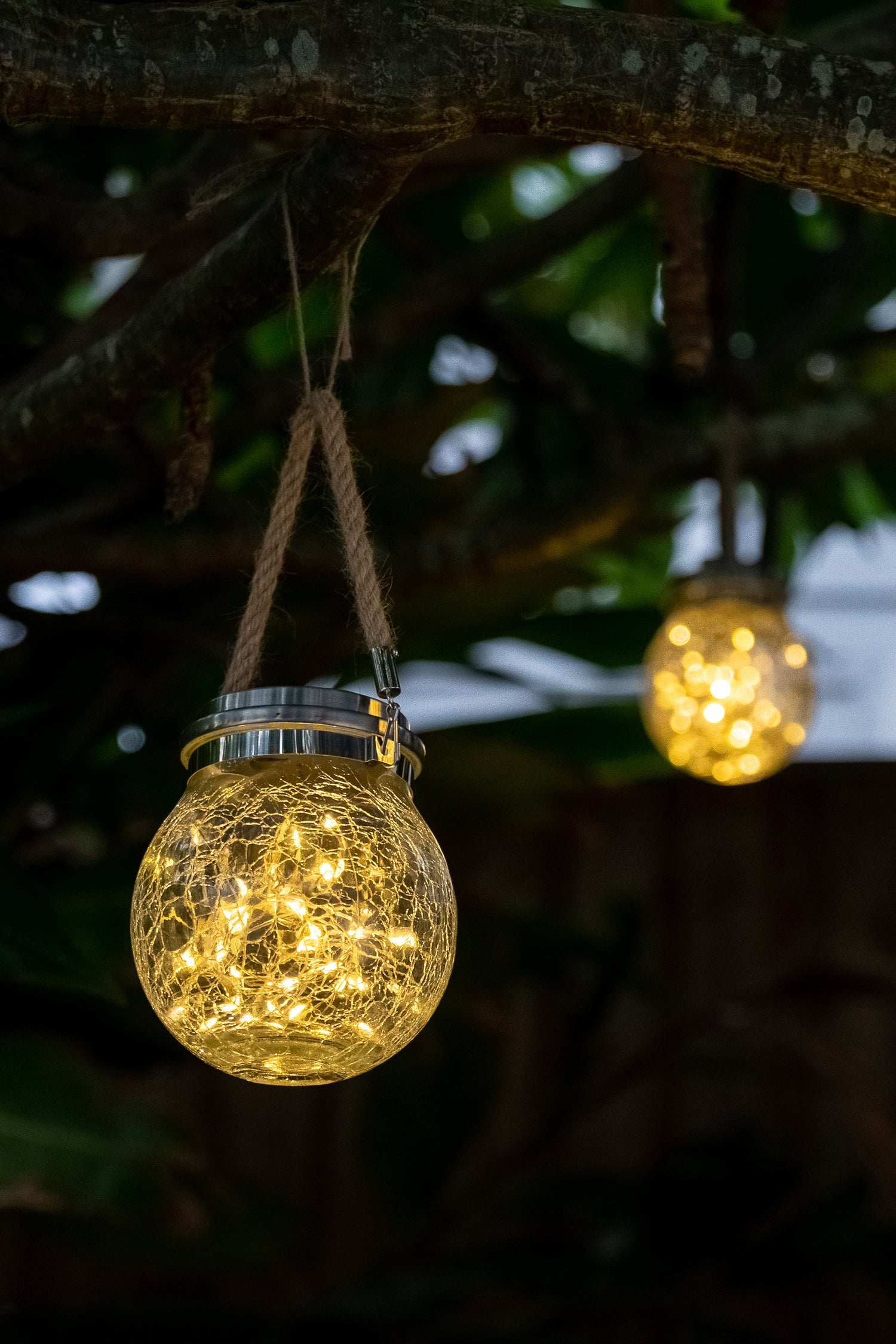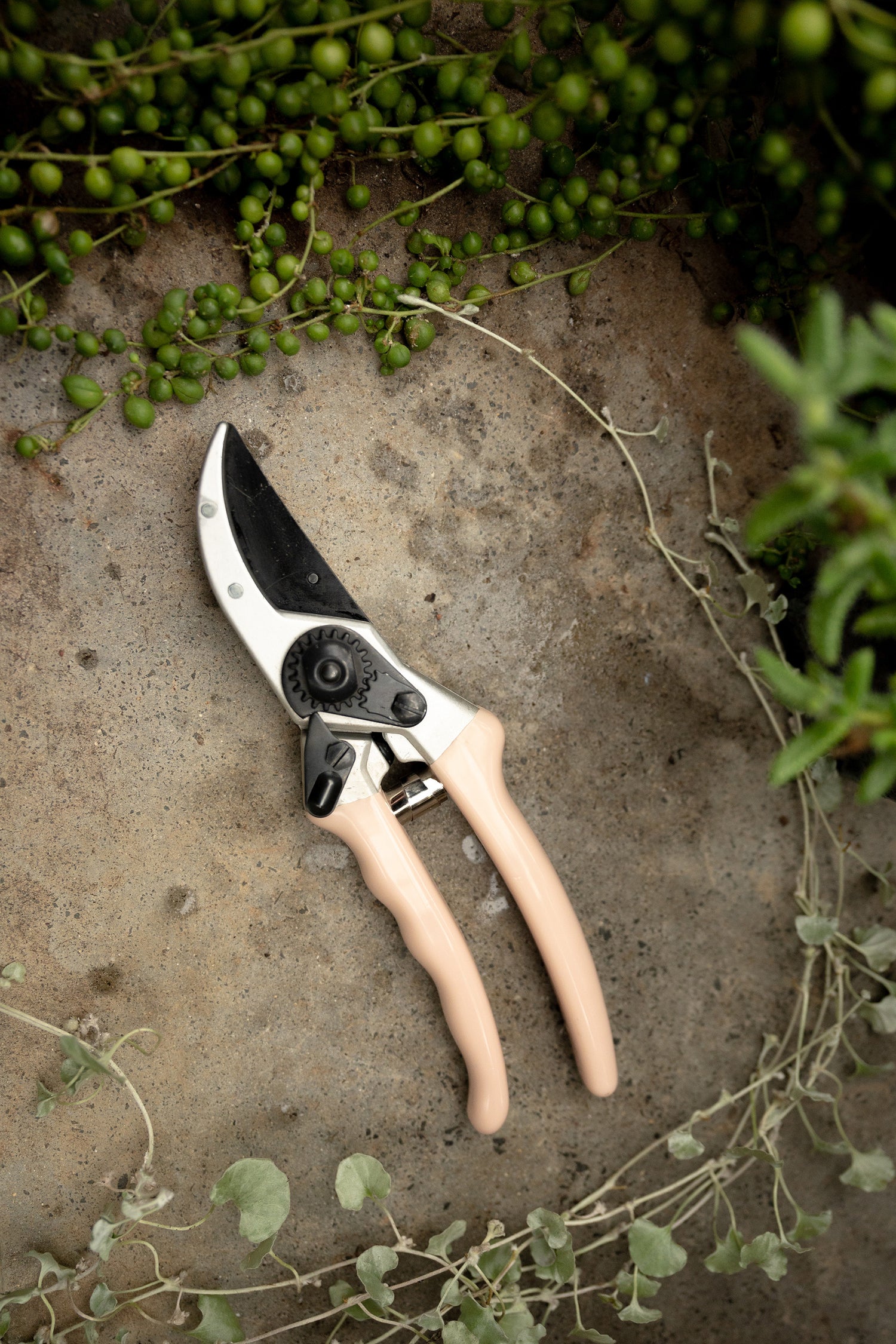.jpg)
Put away the vases and unleash your creative side with our step-by-step guide to crafting a flower wreath sure to brighten up any room.
Depending on the design of your wreath, it will alter the materials you require. For fresh flower wreaths designed to last over a few days, we suggest purchasing a styrofoam or floral foam base so you can water your wreath for a prolonged fresh feel. To assemble your wreath you will need floristry wire or a dry cleaner’s hanger for the base, a great pair of Hoselink’s gardening secateurs, thin flexible wire and any flowers, foliage or twigs you’d like to use for decoration.

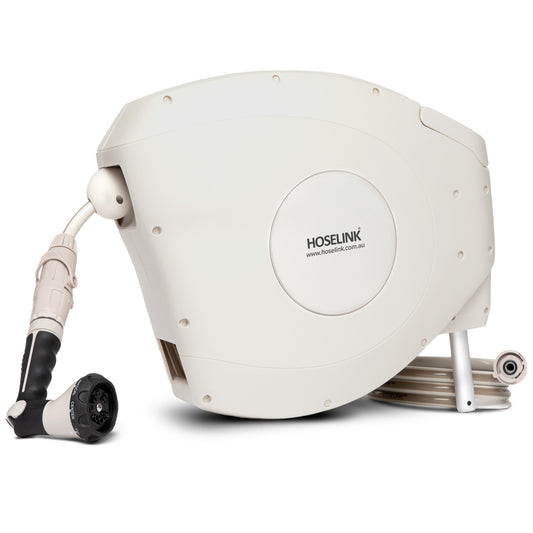
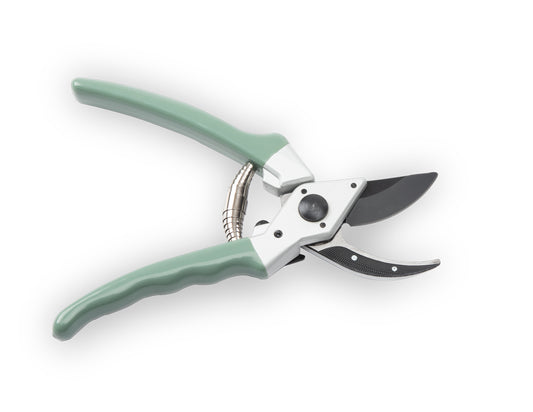
Selecting foliage and flowers
When searching for the best materials to fill your wreath, step one is to look outside your window and into your own backyard for inspiration. Your garden will tell you which flowers are flourishing so you can utilise what's in season. Luckily enough, in Australia, we have very hardy and malleable native foliage perfect for wreath-making. The brilliant red and white flowers of Christmas bush (Ceratopetalum gummiferum) grow along erect branches which prove ideal for bunching and weaving along wreaths. For added leafy greens why not include the blue-grey hues of a eucalyptus gum (Eucalyptus saligna)? Its discolourous topside silver leaf and glossy green underside will add a vibrant edge to any wreath as the slender plant allows for plenty of creative freedom, enabling you to feed other flowers through its soft branches.
Alternatively, head down to your local flower market. You will find an array of blooms which come directly from the farm and often, due to floristry demand, you can find flowers which may not make it into your local florist’s stocks. The flower market also allows you to pick the produce you want. For example, if you want to use roses (Rosaceae), pick a few which are in flower and a few which are still in bud to add interest to your wreath. Flower markets are wholesalers, so you will pick up plenty of flowers in bulk, which often makes them cheaper than collecting arrangements from a florist. Avoid buying flowers with long dainty stems as these will not sit firmly in your wreath and, due to their delicate nature, may bruise and wilt more quickly than hardier flower species such as peonies (Paeonia)
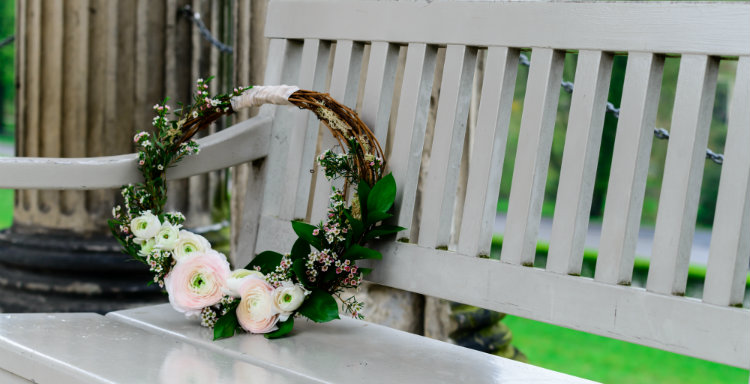
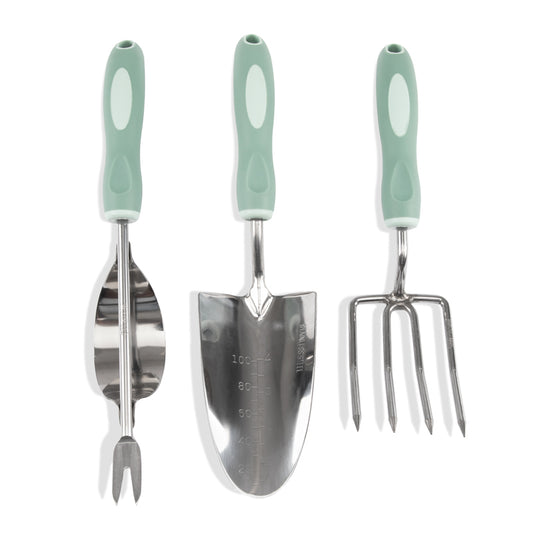
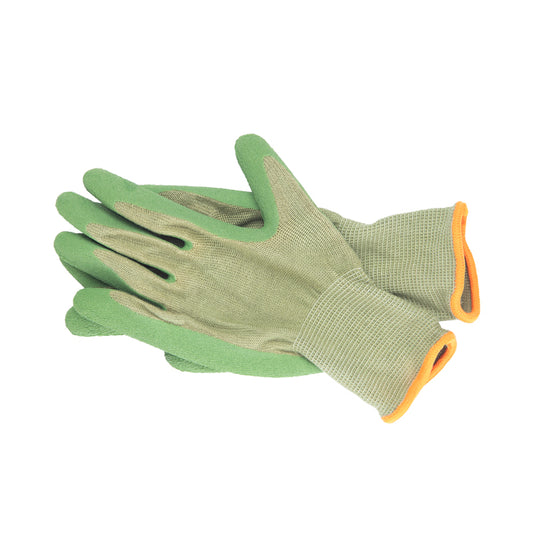
Method 1
- To create the wreath pictured above, start by coiling floristry wire to the desired diameter. Twist together the two ends to form one strong hoop. Repeat this process and then bind both hoops into one ring. It is best to have double the wire to feed the flowers between. Alternatively, a quick and easy way to make a wreath wire frame is to take a dry cleaner’s hanger and push it over the base of a bucket. You may need to bend the two pointed ends to a more desirable circular shape, however, the bucket will create the desired diameter. The benefit of using a dry cleaner’s hanger also means you have a ready-made hook for hanging.
- With a wire base wreath such as this one, add extra strength with braided wicker. You should be able to bend the slender branches and fix them in a circular shape which will make threading flowers through easy.
- Using a pair of Hoselink Secateurs, cut your foliage to the desired lengths. Be mindful when cutting flowers to leave a 5cm stem, this makes it easier to feed through the wire. It’s better to have a longer stem and trim it later than not being able to work with the flowers at all because they are too short.
- It is best to group a couple of pieces of foliage together and secure them with small twist-tie lengths of thin flexible wire prior to attaching them to the wreath.
- Go ahead and push through the foliage bunches into the wreath. Make sure to place each bunch closely together to prevent any gaps from forming, which may cause the flowers to slip and move along the wire.
- Once all your flowers and accompanied foliage are in place, go through each bunch and ensure there is enough wire holding them in place. You can add extra detail with ribbon bows or hessian string for some country-fresh charm.
- Before hanging, flip the wreath over and trim any stray or overexposed stems to neaten up the edges.
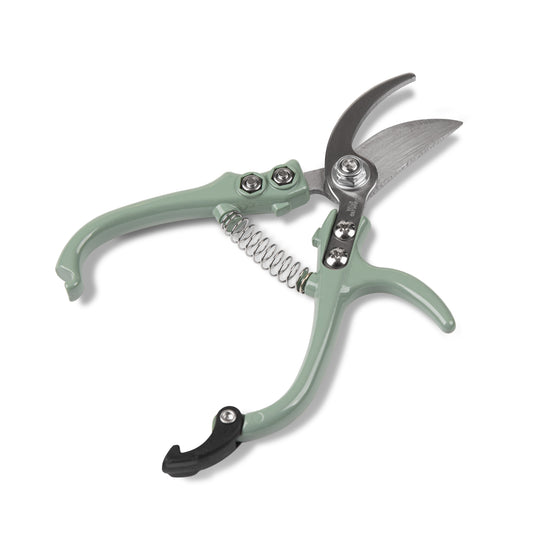


Method 2
- Using a styrofoam or floral foam ring as a base will ensure your dramatic flower display can be admired for days on end. First, saturate your foam wreath with cool water. Most foam wreath bases come in a light green colour. Once wet enough, the foam will turn a darker mossy green. Once the wreath is this colour, stop watering. Watering the wreath base at this stage will ensure your chosen flowers stay hydrated.
- Insert all of your green foliage into the foam first. It is best to work from the outer sides of the wreath then work your way into the middle, where we suggest the majority of the flowers should go.
- Wreaths look most effective when flowers are in clusters but let your creativity go wild. Push the stems of the flowers into the foamy base or fasten around it. Continue this step until you can no longer see any gaps.
- Most foam wreath bases come with hooks for hanging purposes, however, why not get more creative and loop a grosgrain ribbon belt through the middle of the wreath for a striking effect?

Wreath-making and maintenance tips
- If using a styrofoam ring for a fresh flower wreath ensure you are watering all the way down into the foam every couple of days.
- When arranging your wreath save larger foliage and stems with leaves on them to fill in around the flowers.
- If you are displaying your wreath indoors, be mindful of proper placement. Keep the fresh flowers away from sunlight and heating vents. Keep your wreath in a cool, dry environment to ensure the flower petals aren't bruised, dehydrated or wilting.
- For design tricks why not arrange your flowers into a rainbow? Start colour blocking all of your flowers into similar hues.
- Ever considered an edible wreath? Using the evergreen shrubs of cumquats (Citrus Japonica) will make a bright and interesting addition. Native to South Asia and the Asia-Pacific region, the cumquat plant has dark glossy green leaves with small white flowers, but the real showstopper is the small olive-sized orange fruit that grows in clusters along the branch. Not only will the striking orange stand out against the dark green foliage but the delicate white flowers add an oriental summery feel to your wreath design.
- If you are creating a flower wreath for a special occasion why not consider buying a styrofoam ring in a letter? A floral monogram is a lot more personal if you are celebrating a wedding, baby shower or birthday. Contact your florist who may be able to order this in for you, or get creative and bend and re-shape the styrofoam yourself.
- For some, flowers just aren't their thing so why not consider using vegetables? There are many great options available such as kale roses, artichoke thistles and zucchini flowers. Such a display would suit a kitchen and is a creative way to display home-grown produce.
- Flower wreaths do not have to be restricted to just a styrofoam or wire base. Consider hanging an umbrella by the hook on your front door and arrange a bouquet with long stems of flowers that will fill the brim, then tie them together. Once you are happy with your floral display, slide your bouquet into the umbrella and, to secure the bouquet from slipping down, tie a decorative bow halfway down the umbrella to keep the flowers and fabric in place.
- Don't limit your flower wreath-making skills, why not make a table garland? Use flexible floristry wire to bind together vine foliage. You can add seasonal flowers and hessian bows for a charming country feel. Weave this across any table display and you are sure to make an occasion feel elegant.


